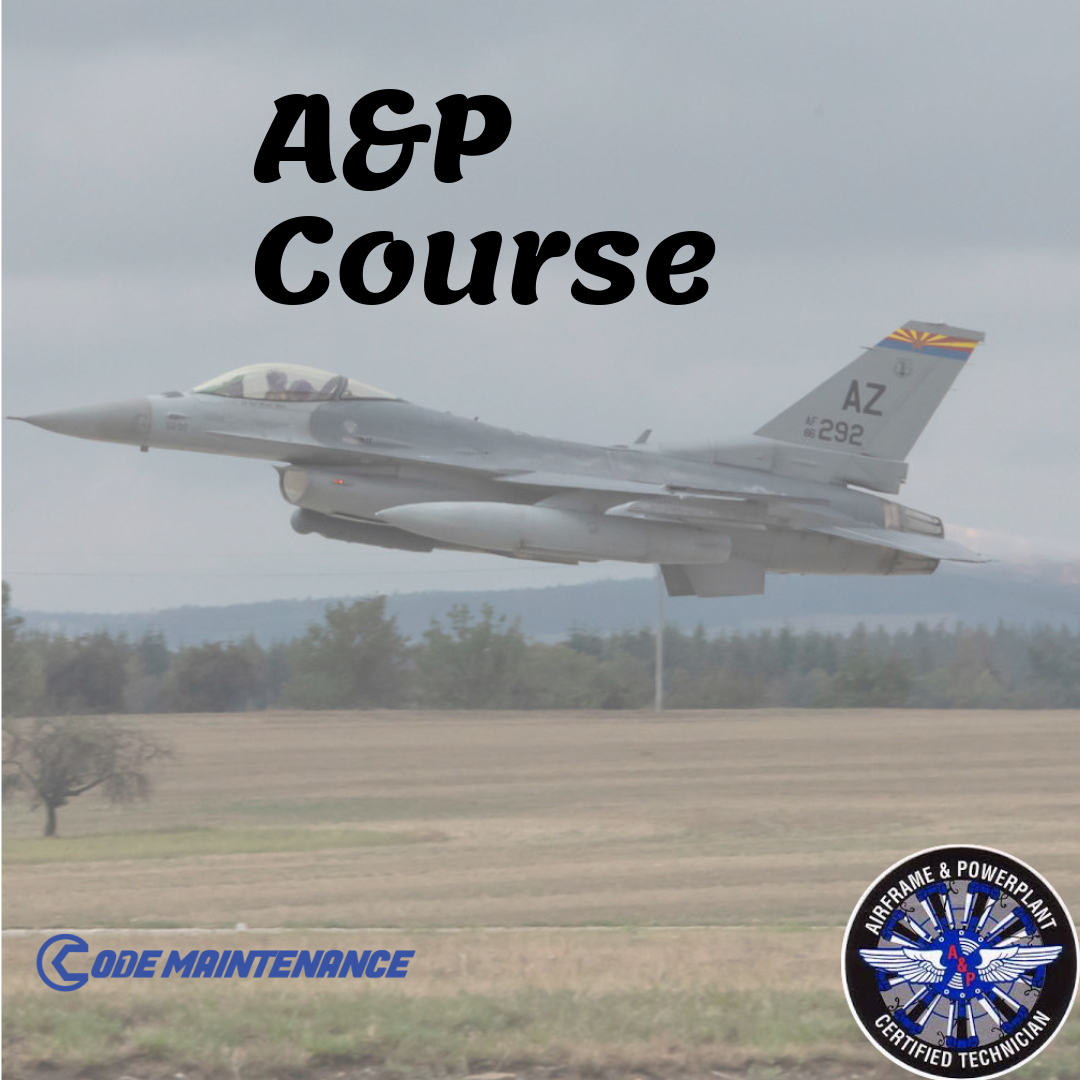How To Start Your Airframe and Powerplant (A&P) Certificate

This article is focused and geared towards military aircraft mechanics and will go in order of the steps to obtain your A&P. Most military aircraft maintenance technicians are eligible to pursue Federal Aviation Administration (FAA) Airframe & Powerplant (A&P) certification based on documented evidence of 30 months practical aircraft maintenance experience in airframe and powerplant systems per Title 14, Code of Federal Regulations (CFR), Part 65- Certification: Airmen Other Than Flight Crew Members; Subpart D-Mechanics. A detailed FAA Testing Guide on the process can be found here AC 65-2D
FAA Eligibility:
- Must be at least 18 years old
- Speak, Read, Write and Understand English.
- Have passed all of the FAA Exams tests within a period of 24 months. <<– IMPORTANT
- Must have 18 months of practical experience for one rating and 30 months of practical experience for the airframe and powerplant certificate.
Your experience doesn’t expire as long as you have the evidence to back it up. The moment you start testing you have 24 months to complete.
Military Aircraft Mechanic Experience Requirement:
- You must have the aircraft experience prior to applying or taking any Federal Aviation Administration exams. Being in the military, your time starts after you graduate from your technical school.
- At least 18 months of practical experience with the procedures, practices, materials, tools, machine tools, and equipment generally used in constructing, maintaining, or altering airframes, or powerplants appropriate to the rating sought; or
- At least 30 months of practical experience concurrently performing the duties appropriate to both the airframe and powerplant ratings.
Organize All Your Training Documentation.
- Contact your local Flight Standards Office (FSDO) and ask them what they would like to see before your appointment with the Inspector. Each FSDO Inspector may ask for one document or several. Then gather those documents so you’re prepared for the appointment. Locate an FSDO Here
- If you’re a veteran, take your DD214 and any additional training records you may have available on hand. To obtain your DD214 you can go this link
Call and make an appointment with the FSDO Inspector. You will provide all the documentation proving you’re qualified. Also, bring an up to date I.D. with your name and address. You’ll be asked questions about your aircraft experience and engine experience as applicable. After the Inspector reviews your I.D. your records and conducts an oral interview, they will issue you 8610-2 AKA “tickets” if he or she determines that you are qualified. You MUST have your 8610-2 with you for every FAA Exam you take. The process the Inspector uses to evaluate your experience and training is located here
Airman Knowledge Exams
- Once you obtain your tickets, the next step is to study for your Airman Knowledge exams aka written exams. You are going to encounter subjects or topics that you have never seen or studied before. You can self-study or attend a prep course depending on how much time or money you want to dedicate to it.
- Once you start you have 24 months to complete. If you don’t, then you have to get another 8610-2 from the FSDO, go through the interview again and start over with the testing.
- The General exam is a multiple choice 60 question exam. General you will have to do no matter if you one rating or both. The Airframe and Powerplant exams are 100 multiple choice questions each. You must score 70% or higher to pass the exams.
- Remember to have your I.D. and 8610 for each FAA exam.
Orals and Practicals
- Next step is the Oral and Practical Exams with the Designated Mechanic Examiner AKA DME. Contact your local DME by phone or email and ask them their expectations fees, airplane, and when you’re ready to schedule your Orals and Practicals. DME Locator
- The testing covers 43 technical subjects and is broken up into 2 parts, Orals and Practical. The DME will log into the FAA system and print out a list of tasks for you to perform. The exam guides that the DME uses may be found here
- Orals is where the DME will test your knowledge verbally. You’ll be asked a series of questions and you must be able to answer them from memory based on what you know and what you learned.
- Practicals is where you demonstrate to the DME that you can perform the basic tasks. Before you perform any task, first open your manual or book, find the job, show the DME you know how to navigate through the books, read the instructions and then perform the task. This shows your proficiency in knowing how to use the books and also tells you how to perform the task.
- On the day of the exam, be there 15 minutes early, have your I.D., 8610-2 forms, DME fees in cash and ready to go.
BOOM that is it!
Sources: FAA.gov
Writers: Jose Zaragoza, Dave Chamberlin
